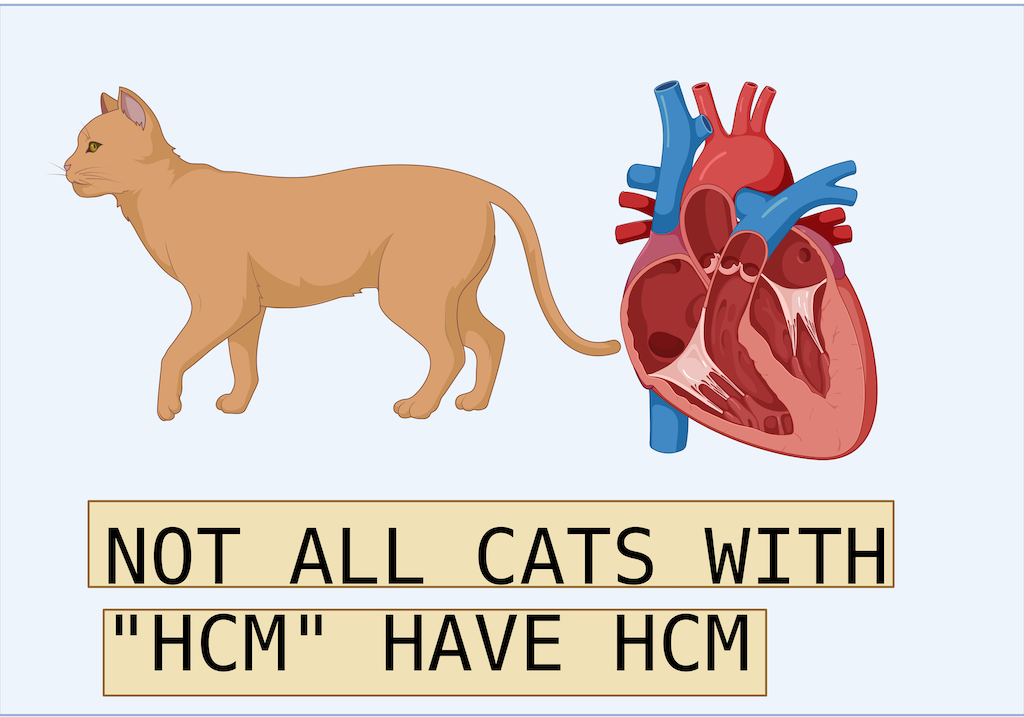“Shock” is one of the most frequently used words in a small animal emergency room and ICU. Despite this fact, a lot of veterinary students and new graduates have only superficial understanding of this term. This lack of understanding may lead to inaccurate diagnosis and mismanagement of patients in shock.
Continue reading “How to teach veterinary students to diagnose shock?”Tag: Cardiovascular
Do All Cats with “HCM” have HCM?
A 7-month-old female spayed domestic shorthair was presented to an emergency service (ER) for increased respiratory rate and effort. The cat got spayed at her primary veterinarian 6 days prior to this episode, and had been doing well otherwise up until the evening of presentation. The owner reported no previous medical conditions.
The initial triage examination showed tachypnea and moderately increased respiratory effort with increased bronchovesicular sounds in dorsal lung fields. No heart murmur or other abnormal physical examination findings were noted at that time. An emergency clinician performed thoracic radiographs (Figure 1 and 2) and point-of-care blood work that was within normal limits.
Continue reading “Do All Cats with “HCM” have HCM?”

